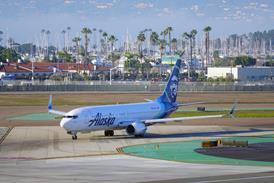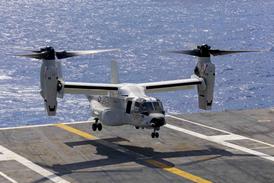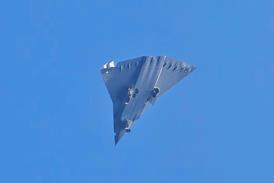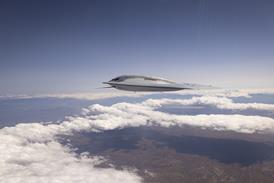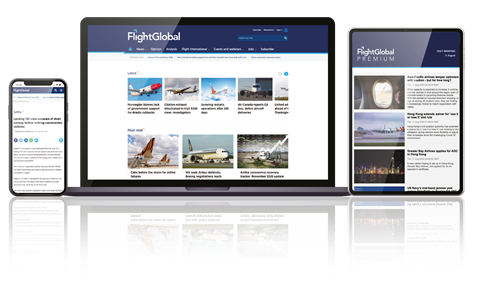A year ago, when European aerospace manufacturers were looking forward to 2006 with optimism thanks to record orderbooks and the promise of more upswing to come, there was one major cloud on the horizon: the weak US dollar. But if most companies were aware that this would be an issue for them as 2006 dawned, few would have believed the situation would be even more serious at the start of 2007 (see graph).
With one US dollar now buying only about €0.76 or £0.50, the situation for European suppliers without adequate measures in place is bleak.
Of course, for the prime contractors and larger suppliers, there are several options that allow them to manage - and minimise - the risks associated with currency fluctuations. Crucially, companies with sufficient buying power are able to negotiate contracts with their suppliers in dollars, regardless of the country they operate in.
Liebherr Aerospace Toulouse president André Benhamou says the company is increasingly using this method to buy the components it does not make itself for its air management systems. "We are buying castings in the USA - that was not the case before. Each time we think it makes sense to go to the dollar zone, we do it." Benhamou says Liebherr Aerospace Toulouse now sources about 40% of what it buys in dollars.
Supply chain
This approach may be successful for larger companies, but the costs must be paid at some level of the supply chain, and Benhamou admits that smaller suppliers can be unwiling or unable to comply. "In the last five years, dollar costs have doubled," he says. "We are successful with our partners who do their own design and know how it works. When we subcontract parts to smaller suppliers, it is more or less impossible to get them in dollars."
Companies may now have hedging arrangements in place to protect them from the currency fluctuations that can harm those who pay suppliers and workers in euros or Sterling but receive revenues in dollars. But as the situation continues, this kind of arrangement will be harder, or more expensive, to achieve. And smaller players may find it harder anyway because they lack the buying power of their larger counterparts.

Even for companies firmly based in Europe that have the buying power to negotiate favourable deals down the supply chain, the issue is clearly serious. Even prime contractors are not immune. Signing dollar-based contracts with smaller suppliers may go some way to improving the situation, but the issue still looms large on their horizons for 2007.
EADS is tackling the problem head-on, citing the weak dollar as a contributing factor to the need to cut costs with the Power8 programme that it launched in response to the earnings damage caused by A380 delays.
For Safran, reeling from accounting anomalies and management turmoil, the weakness of the dollar has emerged as the most important issue the company must deal with, according to investors.
But there are increasing signs that the long-term languishing of the dollar is having more far-reaching consequences for the industry as a whole, because it affects major players' market strategy in a number of ways.
Establishing facilities in the USA "creates a natural hedge to their earnings as well as capitalising on the fact that US acquisitions will be cheaper if funded in home currency", says Michael Richter, co-president and head of the aerospace and defence investment banking group at Jefferies Quarterdeck.
For most major European defence players, a US footprint is vital anyway to ensure market access to the country's highly lucrative defence arena. Bargain-basement prices must make US acquisitions even more attractive at the moment.
Market access
Liebherr is certainly not alone among equipment manufacturers in its strategy to break into the USA for market access with the added benefit of minimising dollar risk. "We have been able to get the first contract with Boeing, but for the long term, and for work with the US military, we need to be in the USA," Benhamou says.
BAE Systems has upped its US footprint markedly in recent years, most significantly with its purchase of United Defense (UDI), and it is widely expected to make more acquisitions there. The company may have made a lot less than it expected from the sale of its 20% stake in Airbus last year, but that cash is now worth more in the US market than it could have predicted before.
But Bank of America analyst Robert Stallard sounds a note of caution: "UK and European companies are still likely to look to expand in the USA, but foreign exchange is a two-edged sword. It may make assets cheaper to buy, but further weakening dilutes the future earnings stream." He says US companies might begin to look at UK assets "as FX headwinds have hit stock prices and multiples, making them relatively cheap versus companies listed in the USA".
Source: Flight International



